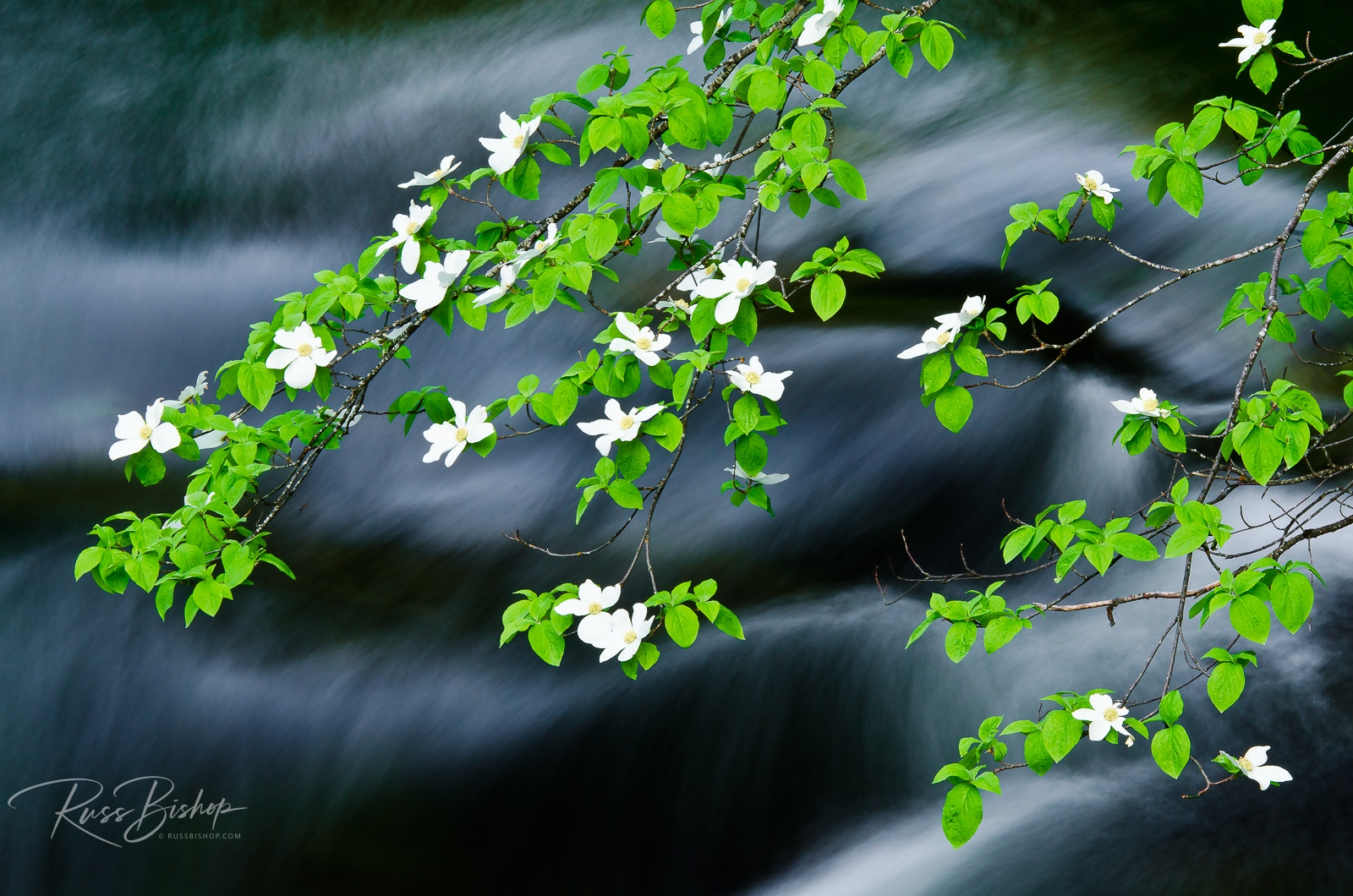
Spring is just around the corner and with the regular precipitation we’re seeing (compared to years past) it’s expected that the popular high desert wildflower displays should put on another great show. The typical hot-spots out west including Antelope Valley, Anza-Borrego and Death Valley need rain in January for the flowers to germinate and this year is shaping up nicely.
But for those looking for a more reliable spring fix you just need to set your sights a little higher. All that color, grace, and beauty will make a showing – just in a slightly different form and at a higher elevation. Blooming trees and shrubs like Yosemite’s famous Mountain Dogwood (Cornus nuttallii) and the vibrant Western Redbud (Cercis occidentalis) aren’t as susceptible to seasonal changes and should still be in full glory later in April and May when the desert annuals are starting to wind down.
Spring is a wonderful time to visit Yosemite and the Sierra foothills with fewer crowds, mild temperatures, and endless photographic possibilities.
©Russ Bishop/All Rights Reserved


